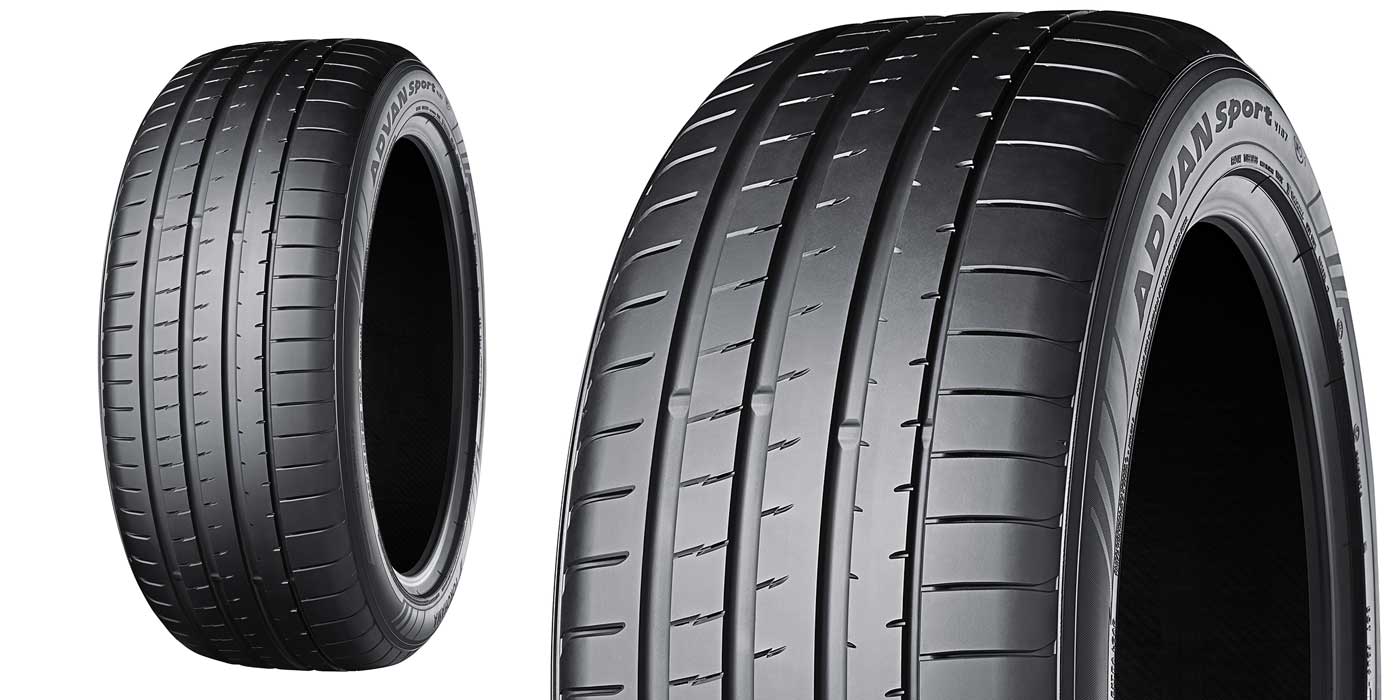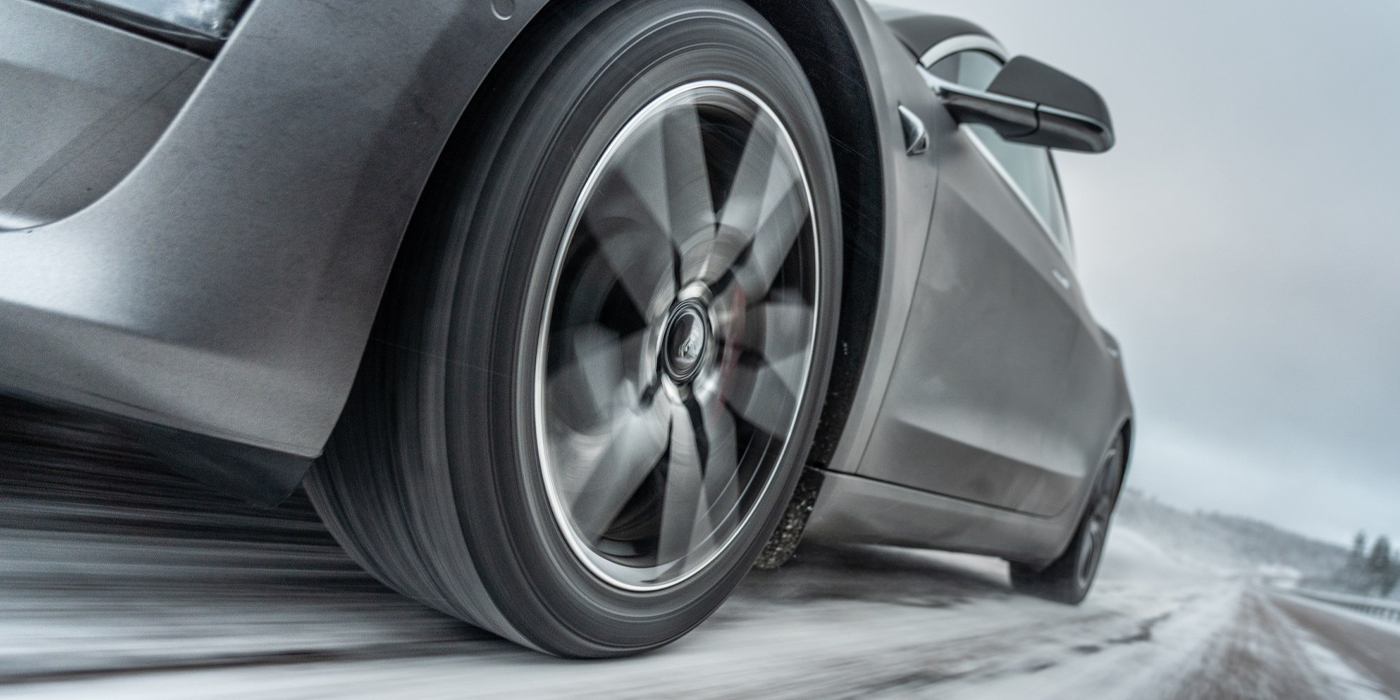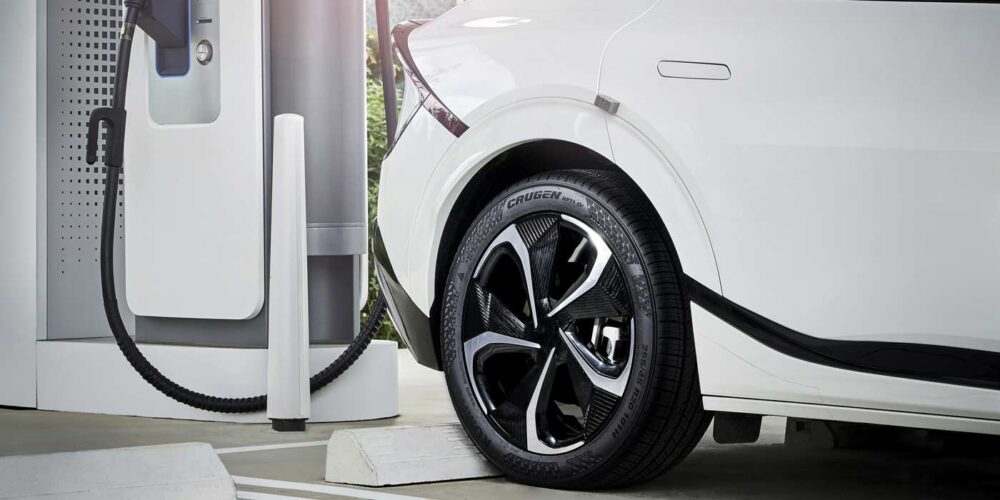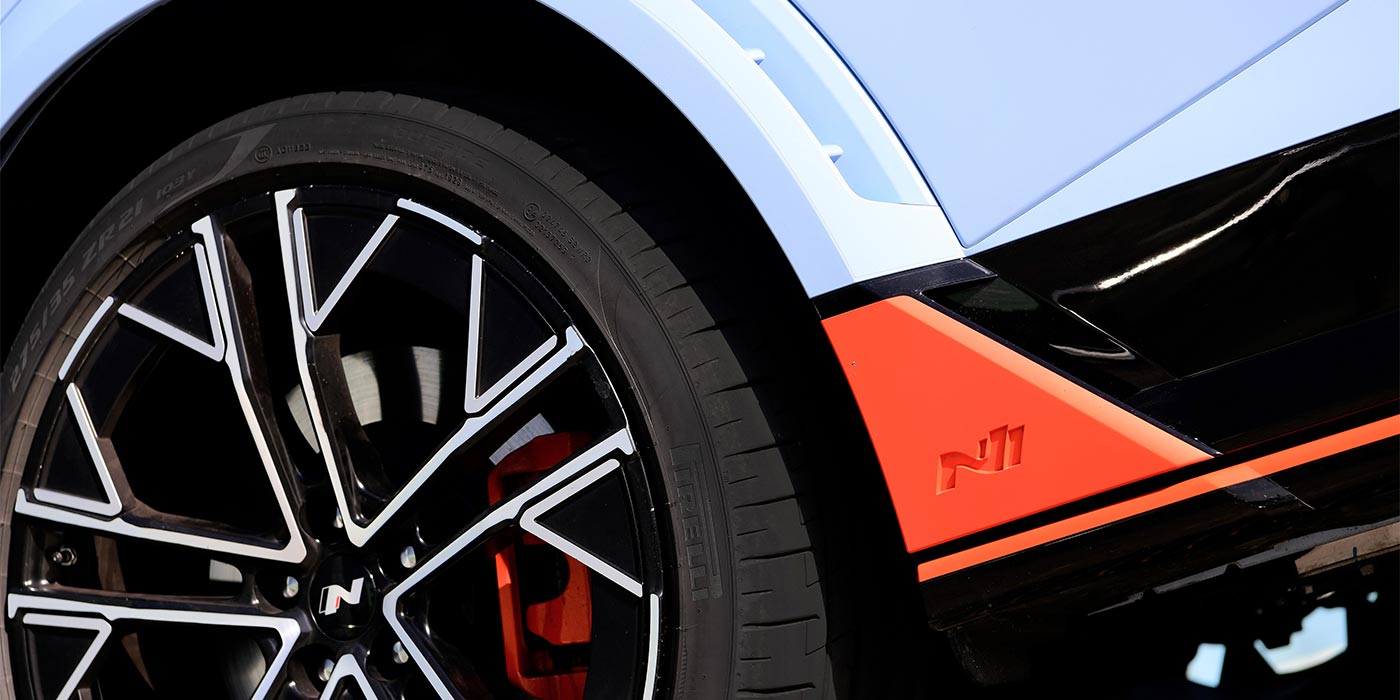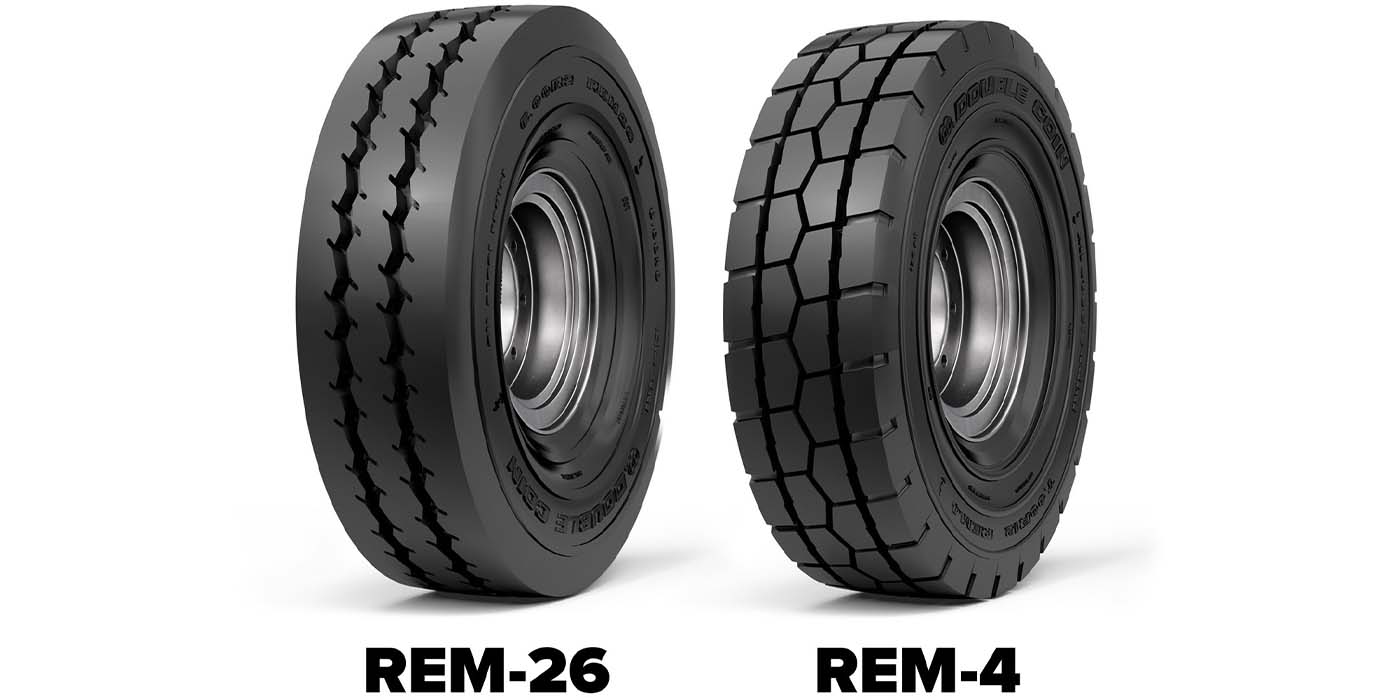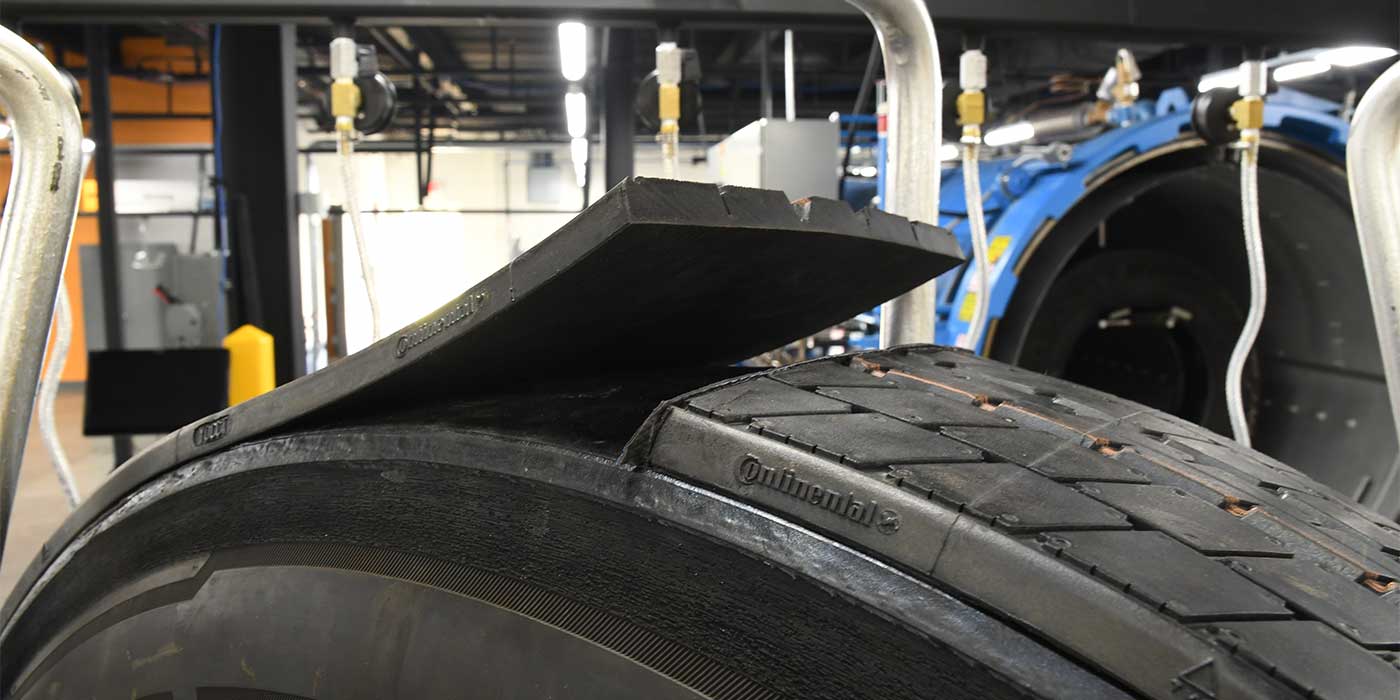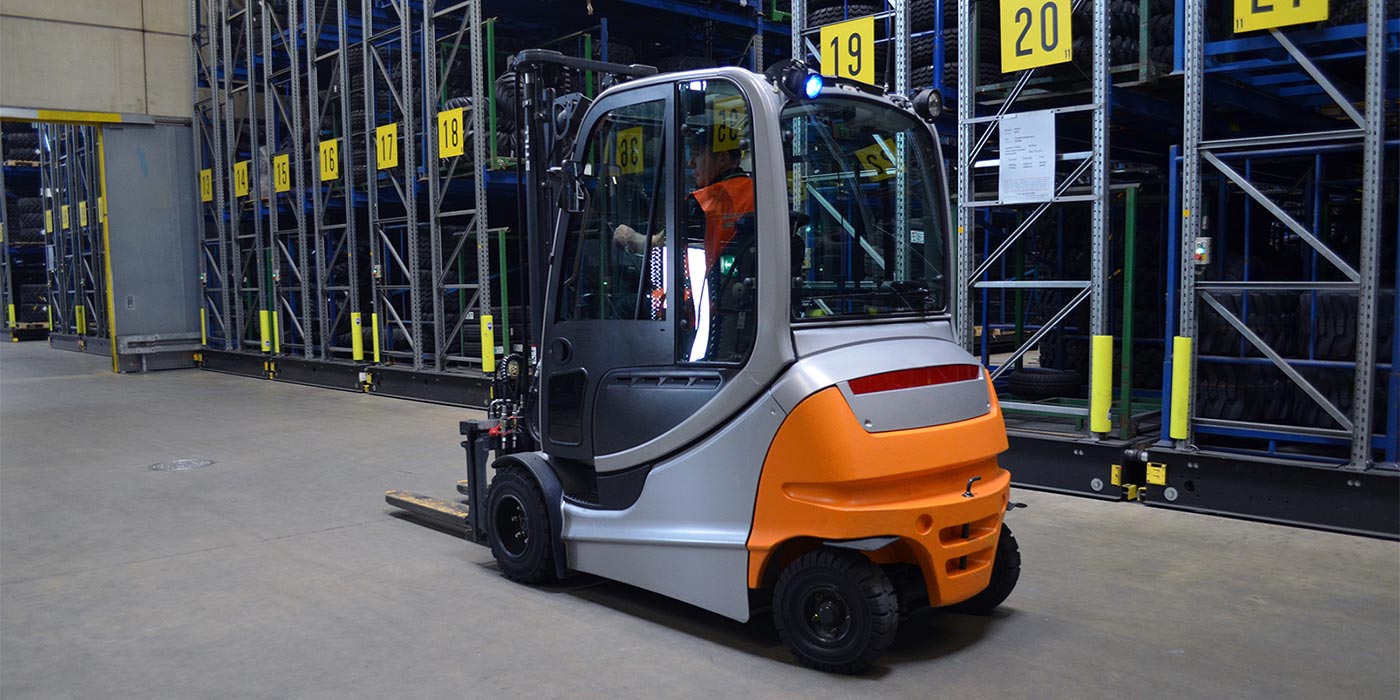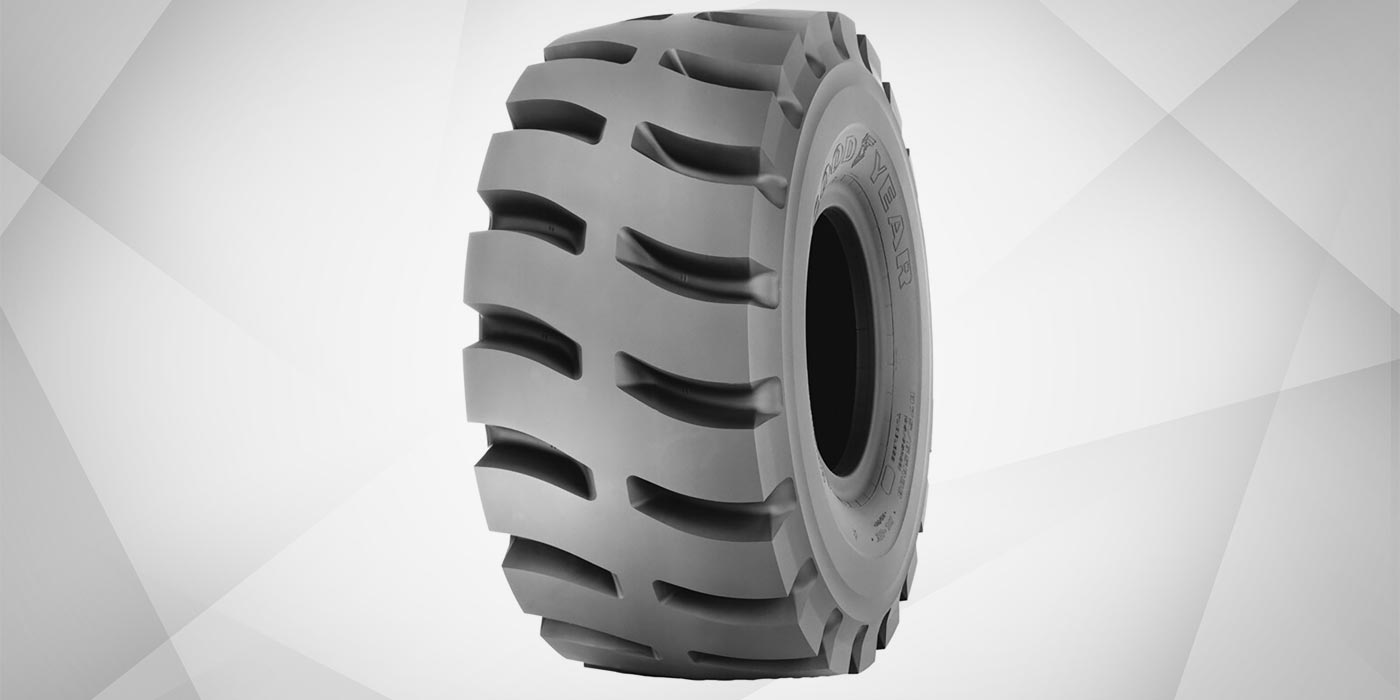When you sell a set of non-OE tires, do you set the air pressure the same as it was in the OE tires?
Do your sales staff, manager and technicians understand the importance of load index? Can they read a load and inflation table? Can they recite, from memory, the inflation rule – that the replacement tire must meet or exceed the OE tire’s load carrying capacity?
If the answer’s “no,” you might be taking a big liability risk. Not only do you have to train your staff in these matters, you also have to document that training to be fully protected against potential legal losses.
Concerned? You should be. In fact, sit down and hold on; we’re going to hit you right between the eyes. We’re going to show you how you can sell the right tire size but the wrong load index.
More Complex Than Ever
Times have changed. Five years ago, a specific tire size had only one load index number. Not today. Now, a given tire size may have as many as five different load index numbers molded on the sidewall, making it impossible just to look at the size of a given tire and make the assumption that the load index number is the same just because the tire size is same. These days, you have to look at each tire, along with its complete sizing information, before you can make any fitment decisions.
The following case studies will illustrate the importance of the relationship between load index and tire size.
Case File: One
A customer wants a set of 20-inch tires on his 2003 Lexus LS430. The OE tire is a P225/55R17 95H, standard load (SL) with a load index of 95 and recommended cold inflation pressure of 32 psi front/rear. The overall diameter (OD) is 26.8.
You have a stack of P255/35R20 93Hs on the floor with an OD of 27, so you sell him a package deal. “The OD is correct, so it must the right tire,” you think to yourself. Not so fast. Take a look at the load index of that 20-inch tire. Notice that it is 93. The OE tire’s load index was 95. Install that tire, and you just might open the door to a liability suit if that customer gets into a wreck after leaving your shop.
“How can this be?” you ask. I’ll show you: The OE P225/55R17 95H tire inflated to the recommended air pressure equates to 1,477 pounds of load capacity. A standard load (SL) P-metric tire reaches its maximum load capacity at 35 psi, regardless of the maximum inflation pressure listed on the sidewall!
Looking at the load and inflation table, we see that the load index of 93 on the P255/35R20 93H tire equates to only 1,433 pounds of load capacity at 35 psi. It’s only 44 pounds per tire. “That’s not going to matter,” you argue. Tell that to the judge when he reads a settlement against you for some ridiculous amount of money because “the replacement tire did not meet or exceed the OE tire’s load carrying capacity.”
The correct tire for this plus-size application should be a euro-metric (There is a difference!) 255/35R20 97H XL (extra load) tire, which has a load index of 97. Let’s say you installed this tire, which we now know is correct, but you used the OE air pressure of 32 psi. At 32 psi, this tire will only carry 1,290 pounds.
If you do the math, you’ll see the following: 1,477-1,290=187 pounds overloaded per tire or 748 pounds totally overloaded. The correct cold inflation pressure should be adjusted to 38 psi front/rear to equal the 1,477 pounds of load capacity specified by the vehicle manufacturer.
Case File: Two
A customer comes in and wants a set of 20-inch tires on a 2004 Dodge Ram 1500 SLT Crew Cab RWD truck. The OE tire is a P265/70R17 113R (SL), with a recommended cold inflation pressure of 35 psi front/rear. You have a set of take-offs from another Ram 1500 already mounted with P275/55R20 111S tires. Since they came off of a Ram 1500, they should fit your customer’s truck, right? Sure, they might ‘fit,’ but they won’t be the right tires.
The OE tire inflated to 35 psi equates to 2,535 pounds of load capacity. Take a look at the 20-inch tire’s load index: 111 SL. As mentioned earlier, a (SL) P-metric tire reaches its maximum load capacity at 35 psi. Therefore, a lower load index will decrease the maximum load capacity. If you were to install this tire and inflate it to 35 psi, the tire would be overloaded by 132 (2,535-2,403) pounds per tire or 528 pounds totally overloaded.
The correct tire would be the optional tire that Dodge uses on its heavier trucks – P275/60R20 114S (SL). The load and inflation table reveals that, with the higher load index, we can adjust air pressure to 33 psi and still meet the OE recommended cold inflation pressure.
In this case, however, you should still inflate to 35 psi, which exceeds the minimum recommended load capacity. The load capacity numbers were not technically correct. Can you guess why?
Notice that, in Case One, a P-metric tire was installed on a light truck. According to the RMA, the load capacity of a P-metric or euro-metric tire installed on a light truck has to be reduced. Divide the load capacity of the P-metric or euro-metric tire by 1.1 to determine the load capacity for a light truck application.
A common example would be a P235/75R15 105S (SL) tire inflated to 35 psi. The load capacity for a passenger car application would be 2,028 pounds. Placing this same tire on a light truck equates to 1,844 (2028÷1.1) pounds of load capacity. If this tire was the OE size for the truck, this calculation would already be done and reflected on the door placard.
There are other factors involved when installing LT-metric or flotation tires on a light truck that has OE P-metric or euro-metric tires, so make sure that you receive proper instruction before making these types of changes.
New Legislation
Finally, you should be aware of some new legislation regarding the installation of aftermarket wheels and non-OE tires on a new vehicle that hasn’t been titled yet. The new rule, Federal Motor Vehicle Safety Standard #110, which took effect Sept. 1, 2005, states that if you “alter” a new vehicle by installing different tires or wheels, you must place a new tire inflation and load capacity placard over the original to indicate the new front/rear/spare air pressures to the buyer.
SEMA has compiled recommendations to help you avoid any problems that may arise due to differing interpretations of the ruling. You can order the placards from various label makers.
If you are interested in getting this information, feel free to contact me, and I will direct you to several companies compiled by NHTSA. This standard applies to changes in the vehicle’s weight capacity, as well. If you install products that add weight to the vehicle, you will need to indicate the new weight capacity of the vehicle, which will be the manufacturer’s listed weight less the amount you added. NHTSA does allow for a 0.5% deviation of the gross vehicle weight rating without replacing the placard, but this may change in the coming months.

